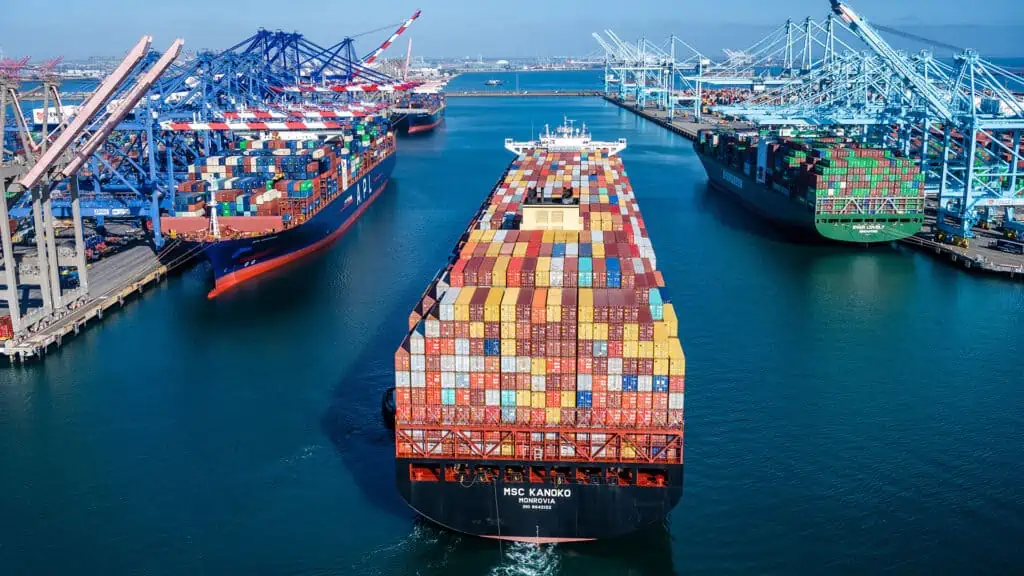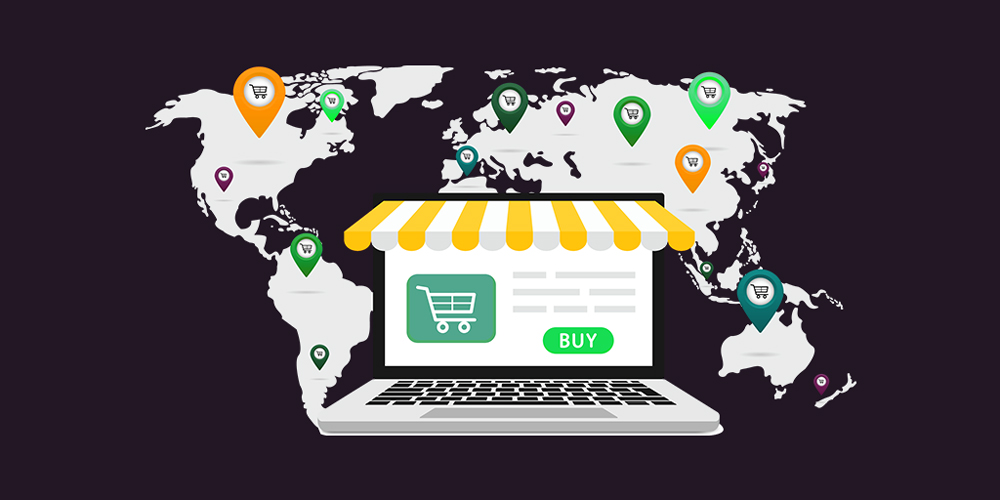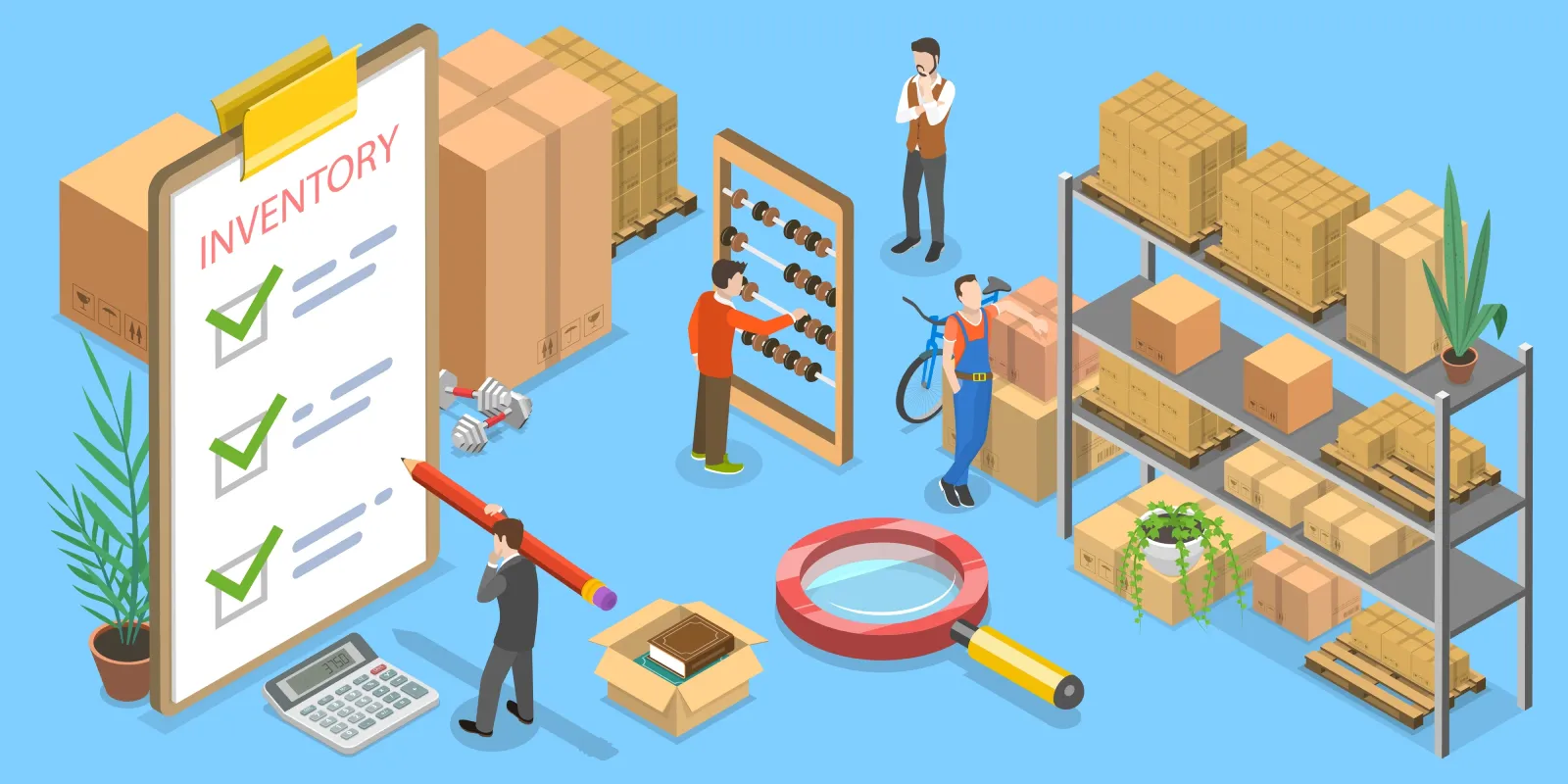高效的全球履约在当今供应链中的重要性
全球履行 plays a critical role in the success of modern e-commerce and logistics operations. As international trade continues to expand, businesses that master efficient global fulfillment gain a powerful advantage. The ability to deliver products quickly, accurately, and cost-effectively across borders builds customer trust and drives long-term growth.

Understanding Global Fulfillment
What Global Fulfillment Means
Global fulfillment refers to the process of storing, picking, packing, and shipping products to customers worldwide. It combines inventory management, logistics coordination, and last-mile delivery. Companies that operate across multiple markets rely on global fulfillment centers to shorten shipping times, reduce operational costs, and ensure consistent service quality.
Why Global Fulfillment Matters in Modern Commerce
E-commerce customers expect fast and affordable shipping, regardless of their location. Without an efficient global fulfillment system, businesses face delayed deliveries, higher costs, and dissatisfied customers. For growing brands, optimizing fulfillment is no longer optional—it’s a strategic requirement.
The Core Benefits of Efficient Global Fulfillment
Faster Delivery and Better 客户满意度
Speed is a major factor in customer satisfaction. With strategically located warehouses, companies can deliver products in days instead of weeks. Faster delivery builds loyalty and reduces refund or cancellation rates. It also allows smaller businesses to compete with global giants like Amazon and Alibaba.
降低运营成本
Efficient fulfillment minimizes unnecessary expenses. By optimizing storage space, shipping routes, and packaging, companies reduce waste and transportation costs. Many fulfillment providers negotiate bulk shipping rates, giving businesses access to discounts they wouldn’t achieve alone.
改进库存管理

Accurate inventory tracking prevents both overstocking and stockouts. Cloud-based fulfillment systems give real-time visibility into stock levels across regions. This transparency allows brands to forecast demand more accurately and plan replenishment cycles efficiently.
Streamlined Returns Handling
Returns are an unavoidable part of global sales. A well-structured fulfillment network simplifies the 逆向物流 process—making returns faster, cheaper, and more convenient for customers. Efficient returns management helps maintain customer confidence while minimizing operational disruptions.
Challenges in Global Fulfillment
海关和监管障碍
Each country has its own import and export regulations. Businesses must stay compliant with local tax laws, documentation requirements, and customs duties. Failure to comply can lead to delays, fines, or even shipment losses. Working with experienced fulfillment partners helps mitigate these risks.
最后一英里交付的复杂性
The “last mile” is often the most expensive and unpredictable part of global shipping. Traffic, weather, and local courier performance can affect delivery times. Optimizing routes and partnering with local logistics providers helps overcome these challenges.
Data Synchronization and Technology Integration
Managing data across multiple systems—inventory, order tracking, CRM, and warehouse software—can be complicated. Integration ensures smooth communication between all platforms. Without it, businesses risk order errors, misplaced shipments, or inaccurate tracking updates.
Key Strategies to Improve Global Fulfillment
1. Diversify Fulfillment Centers
Establishing regional warehouses near key customer bases shortens transit times and reduces shipping costs. For example, a business that sells to both North America and Europe benefits from having one warehouse in each region. This strategy also prevents disruption if one location faces delays or restrictions.
2. Automate Warehouse Operations

Automation tools—such as barcode scanners, robotic pickers, and AI-based sorting systems—help streamline fulfillment processes. They reduce manual errors, improve speed, and increase overall accuracy. Automation also makes it easier to handle sudden spikes in orders during sales or holiday seasons.
3. Integrate a Centralized Management System
A unified fulfillment management platform provides real-time visibility of all orders, inventory, and shipments. Businesses can quickly track performance metrics, identify bottlenecks, and make data-driven decisions. Centralized systems also enable better communication between suppliers, warehouses, and customers.
4. Optimize Packaging and Shipping
Efficient packaging reduces dimensional weight and protects products during transit. Choosing eco-friendly materials also appeals to environmentally conscious consumers. Moreover, comparing different couriers for cost, delivery time, and reliability ensures consistent performance across markets.
5. Partner with Reliable Global Fulfillment Providers
Partnering with an experienced global fulfillment company, like 邮政包裹, provides businesses with the infrastructure and expertise to manage cross-border logistics efficiently. PostalParcel offers integrated shipping solutions, order tracking, and warehouse management tools designed to improve delivery performance and cost efficiency.
The Role of Technology in Enhancing Fulfillment Efficiency
Smart Tracking and Real-Time Visibility
Customers expect to know where their packages are at all times. Smart tracking systems provide real-time updates throughout the shipping process. Businesses can use this data to monitor carrier performance and respond to delivery issues proactively.
人工智能和预测分析
AI helps forecast demand trends and optimize warehouse inventory. Predictive analytics also identifies which products sell best in specific regions, enabling companies to adjust their inventory distribution accordingly. This leads to fewer stockouts and faster order processing.
Cloud-Based Fulfillment Systems
Cloud platforms connect global teams and automate many fulfillment tasks. With centralized data access, employees can manage inventory, track shipments, and analyze performance from anywhere. This flexibility supports scalability and adaptability in fast-changing markets.
全球履约的可持续性

Reducing Carbon Footprint
Efficient fulfillment isn’t just about speed and cost—it’s also about sustainability. Companies can reduce their environmental impact by optimizing routes, using electric vehicles, and consolidating shipments. PostalParcel supports eco-friendly logistics by offering carbon-efficient delivery options.
Smart Packaging Choices
Lightweight, recyclable, and minimal packaging reduces waste and shipping weight. Sustainable practices not only cut costs but also enhance a brand’s reputation among environmentally aware consumers.
Localized Warehousing for Green Logistics
By storing inventory closer to end customers, businesses reduce the need for long-distance transportation. This localization strategy significantly decreases carbon emissions while improving delivery times.
Building a Future-Ready Global Fulfillment Strategy
未来的 全球履行 lies in agility, technology, and sustainability. Businesses that adopt flexible supply chain models are better equipped to handle disruptions such as geopolitical changes, natural disasters, or sudden demand surges.
A future-ready strategy includes:
- Multi-location fulfillment networks
- Advanced automation technologies
- Transparent data systems
- Sustainable logistics practices
- Reliable fulfillment partnerships
By investing in these areas, businesses can stay competitive in a fast-moving global market.
结论
Efficient global fulfillment is no longer a back-end operation—it’s a core driver of customer experience and business success. Companies that prioritize speed, accuracy, and transparency in their fulfillment systems can achieve faster growth and stronger brand loyalty.
邮政包裹 helps businesses unlock these advantages with integrated 全球航运, warehousing, and fulfillment solutions. Through smart technology, strategic logistics, and sustainable operations, PostalParcel enables businesses to reach customers worldwide with confidence and efficiency.
行业洞察
收件箱消息
Nulla turp dis cursus.整体释放,预留空间






